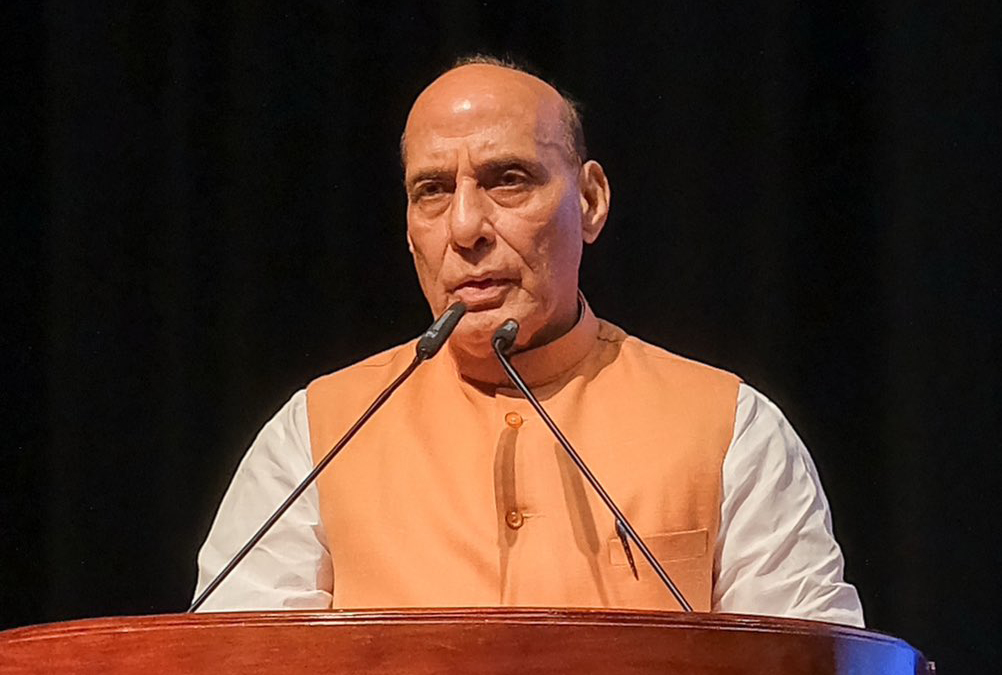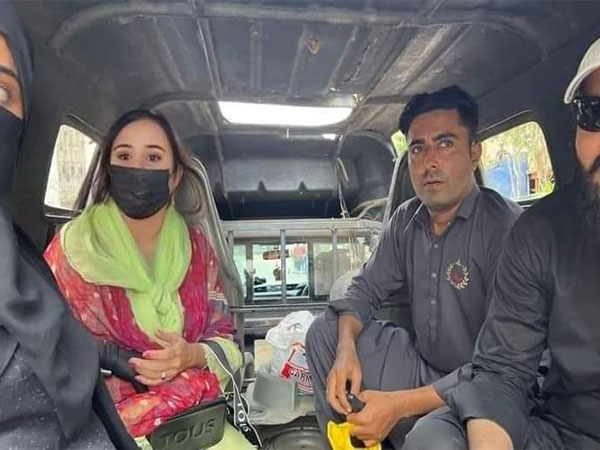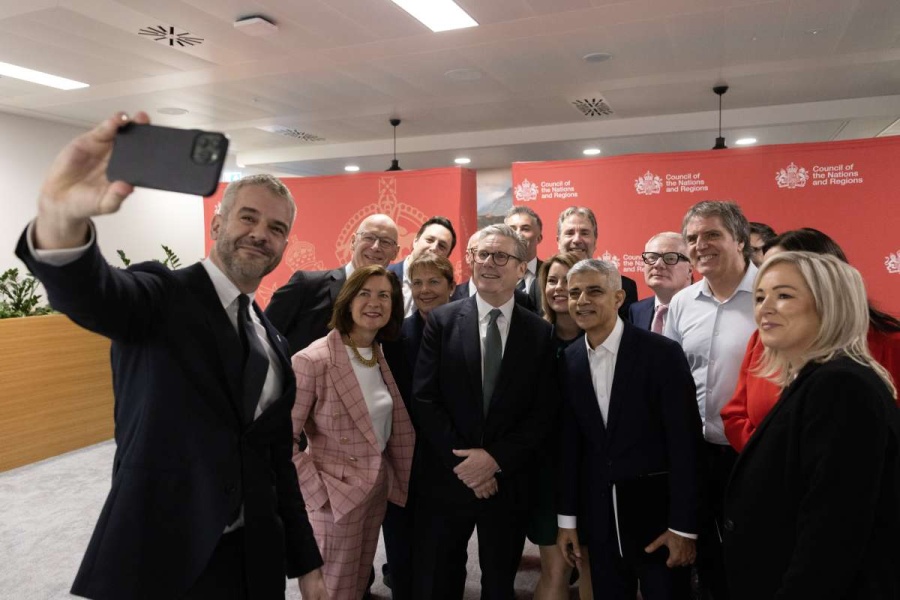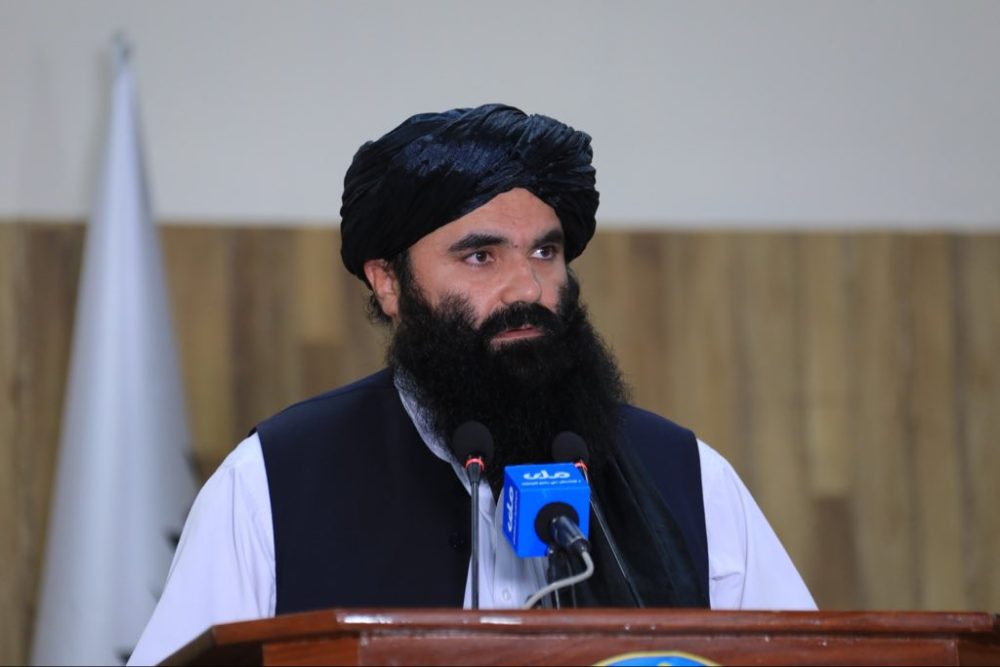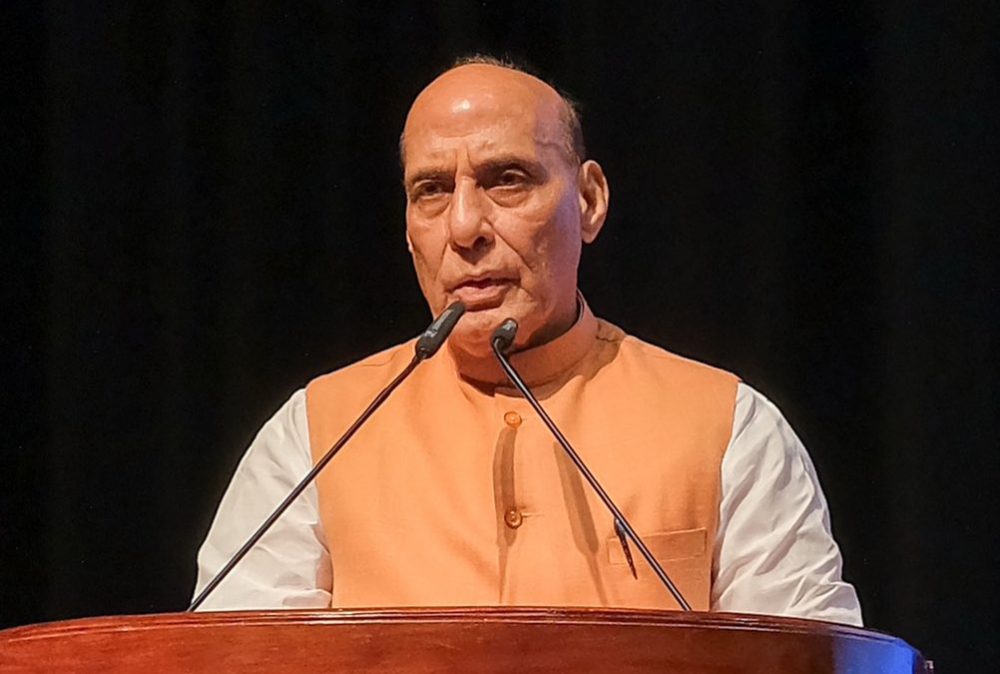The recent restorative engagements in the region have added a new dimension to India-ASEAN ties….reports Asian Lite News
India’s rich historical and cultural ties with Southeast Asia form a tapestry of shared heritage, dating back centuries. Under Prime Minister Narendra Modi’s leadership, India has transitioned from the “Look East Policy” to the “Act East Policy,” significantly enhancing its engagement with ASEAN nations. This dynamic shift has fostered collaborations not only in diplomacy and economics but also in preserving and restoring ancient temples and heritage sites across the region.
India’s Ministry of External Affairs (MEA) highlighted some of these initiatives to coincide with Prime Minister Modi’s two-day visit to Laos on October 10-11, 2024 to participate in the 21st ASEAN-India Summit and the 19th East Asia Summit.
India’s Archaeological Survey of India (ASI) has actively collaborated with various Southeast Asian countries in restoring and conserving ancient temples. This initiative symbolizes India’s commitment to nurturing the region’s shared cultural legacy.

Vat Phou Temple in Laos: The ASI has been instrumental in the restoration of the Vat Phou temple complex, a UNESCO World Heritage Site. The temple, which reflects the Hindu vision of the relationship between nature and humanity, stands as a symbol of the enduring cultural ties between India and Laos. Prime Minister Modi, during his visit to Vientiane, witnessed an exhibition showcasing ASI’s work, further reinforcing India’s commitment to preserving this shared heritage.
Partnerships in Cambodia: India’s ASI has extended its expertise to Cambodia, particularly in the restoration of the iconic Preah Vihear temple, located at the Thai-Cambodian border. This UNESCO site is crucial in showcasing the interweaving of nature and history, and India’s commitment here reflects its ongoing role as a cultural steward in the region.
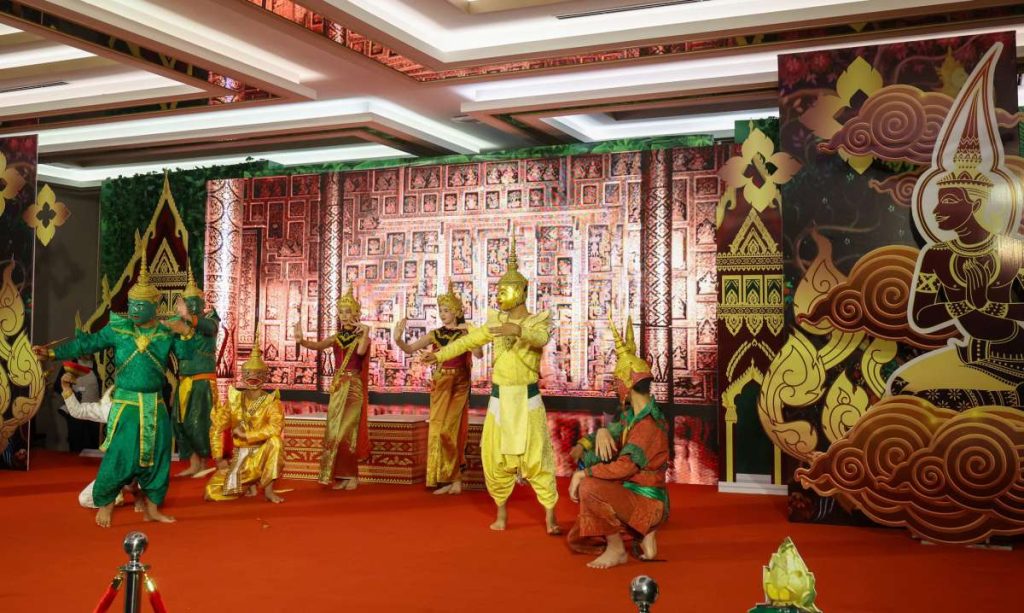
Ananda Temple in Myanmar: India’s contribution also extends to Myanmar, where ASI has restored and preserved the Ananda Temple in Bagan, a prominent Buddhist site. The establishment of a state-of-the-art conservation laboratory signifies India’s dedication to ensuring the temple’s longevity and spiritual significance for future generations.
My Son Temples in Vietnam: In Vietnam, ASI has undertaken the monumental task of preserving the My Son temples, ensuring the Cham legacy continues to thrive. This collaborative restoration underscores the deep historical ties between India and Vietnam, highlighting a relationship built on mutual respect and a shared cultural ethos.
Laotian Adaptation of the Ramayana: On the first day of his stay in Vientiane, Laos, Prime Minister Modi attended a performance of the Laotian adaptation of the Ramayana, known as Phalak Phalam, an episode he later described as “memorable”. This rendition, which highlights the shared civilizational bonds between India and Laos, demonstrates how cultural narratives like the Ramayana transcend boundaries, strengthening cultural ties and reflecting the depth of shared heritage.

A Decade of Act East Policy: Strengthening the Culture Connect
Prime Minister Modi’s visit to Laos for the two summits marks a significant milestone, coinciding with a decade of the Act East Policy. His interactions with Laotian leaders, spiritual figures, and the Indian diaspora further emphasized India’s dedication to fostering cultural and diplomatic connections. His participation in the blessing ceremony by senior Buddhist monks and his visit to the Vat Phou temple exhibition exemplify India’s commitment to deepening its cultural ties with ASEAN nations.
The Lao Ramayan performance Prime Minister Modi witnessed illustrates another dimension of India-Laos ties. Brought to Laos by Buddhist missions in the 16th century, the adaptation continues to be celebrated, bridging the two nations’ ancient traditions and modern cultural connections. The enthusiasm of the Indian diaspora and local Laotians greeting PM Modi in Hindi and performing traditional Indian dances such as Bihu highlight the cultural exchanges that have blossomed due to these deep-seated connections.
As India and ASEAN nations celebrate significant anniversaries of diplomatic relations, these cultural restoration efforts and engagements signify more than mere diplomatic gestures. They are essential elements in building a robust, culturally cohesive future. India’s active role in preserving ASEAN’s heritage demonstrates its position as a partner committed to the region’s cultural and civilizational continuity.
The collaborative efforts in temple restoration not only highlight India’s technological and archaeological expertise but also strengthen people-to-people connections. These initiatives showcase India as a leader in heritage preservation, enhancing its role in the Indo-Pacific region while celebrating the shared legacies of spirituality, art, and history.

In his statement before departing for Laos, Prime Minister Modi emphasized the significance of India’s cultural ties with ASEAN countries, particularly Laos, and how the shared heritage of Buddhism and the Ramayana enriches these relationships. The visit marks an important milestone as India celebrates a decade of the Act East Policy, which has transformed relations with ASEAN countries into dynamic partnerships involving trade, investment, defense, and cultural cooperation.
India’s preservation efforts in Laos, Cambodia, Myanmar, and Vietnam are more than cultural endeavors; they are foundational elements in building a future based on mutual respect, understanding, and shared prosperity. As ancient structures like the Vat Phou temple and the My Son temples continue to stand tall, they serve as reminders of the strong cultural bridges between India and Southeast Asia, built on centuries of shared heritage and mutual respect.
Together, India and ASEAN nations honor the past while forging a future filled with promise, ensuring that the cultural and spiritual ties binding them continue to thrive for generations to come.
ALSO READ: PM’s 10-point plan to boost ASEAN-India ties





